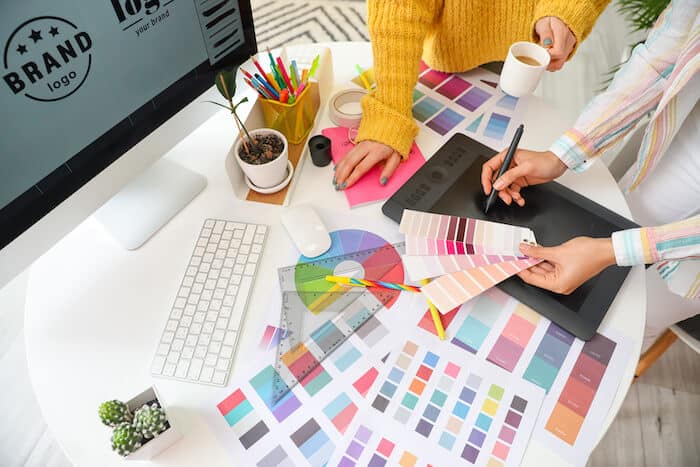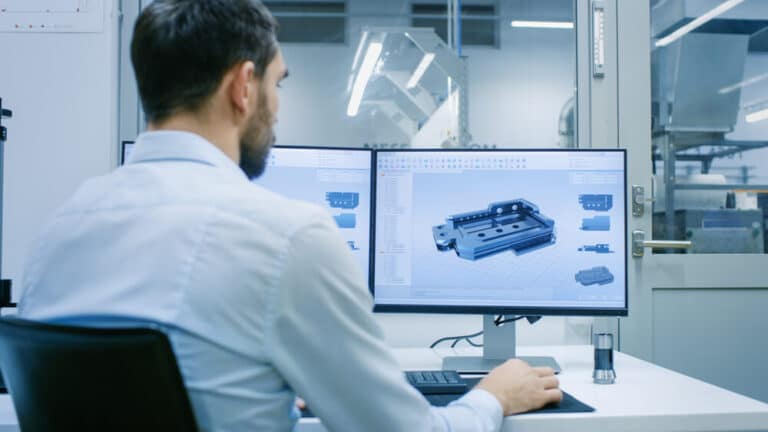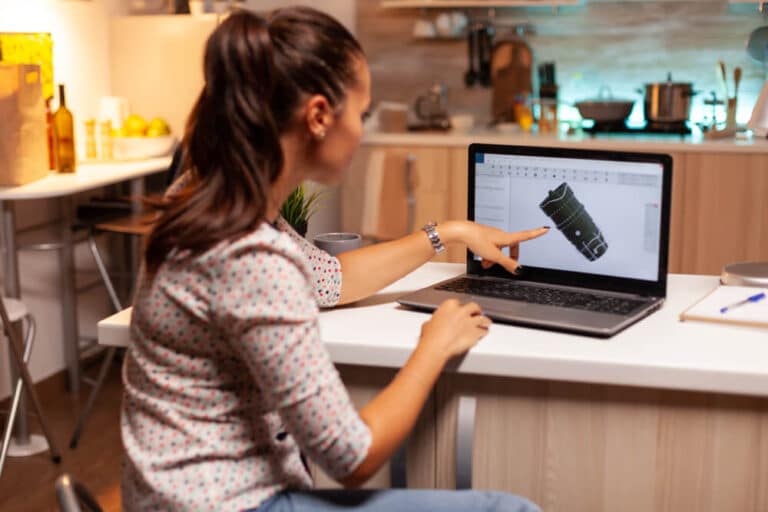Bringing a product to market is a high-stakes process — one that depends heavily on choosing the right partner. A great product design agency doesn’t just outline ideas; it transforms concepts into functional, manufacturable solutions that support long-term business objectives while addressing real user needs.
Whether you’re developing digital products, something physical, or improving an existing offering, the agency you work with should be there with you every step of the way. From early market research and user testing to prototyping and design for manufacturing, the right team ensures your product is positioned for long-term success.
In this guide, we’ll break down what to look for in a design partner, how to evaluate an agency’s portfolio, and how to ensure your collaboration results in a final product that performs in the market, satisfies user needs, and contributes to long-term growth.
Key Takeaways
- A skilled product design agency helps bring your idea to life by guiding it through research, strategy, technical development, and preparation for manufacturing.
- Look for agencies that offer end-to-end services such as market research, concept development, prototyping, and user testing to ensure the final product meets both user needs and business objectives.
- Effective communication is essential to a successful partnership and includes transparency, structured feedback loops, and the ability to collaborate across teams without slowing progress.
- Staying current with product design trends helps you choose a forward-thinking partner who is already incorporating approaches like human-centered design, sustainable materials, and scalable digital solutions.
What Is a Product Design Agency?
What sets a strong agency apart is its ability to design with both real-world constraints and long-term success in mind. That means thinking beyond visual appeal to factor in functionality, material selection, cost efficiency, and scalability — all before production begins.

Many top agencies specialize in disciplines such as industrial design, UI/UX design, and digital product design, offering a holistic approach that blends strategy, creativity, and engineering insight. Whether you’re creating physical goods or digital products, the right partner will guide you through the entire design process, helping ensure your product is easy to use, ready to manufacture, and aligned with your company’s market position and value proposition.
Why Your Product Design Partner Matters
Your product design agency will influence nearly every decision that shapes your final product — from usability and appearance to cost, production timelines, and user satisfaction. That’s why choosing a partner who understands your business goals, target market, and the technical demands of product development is essential.
Good design is more than how a product looks. It’s how well it solves a problem, how it performs in the hands of users, and how efficiently it can be manufactured at scale. A capable design team brings together strategy, engineering awareness, and user-centered design principles to ensure your product delivers on all fronts.
In fast-moving categories like digital products, consumer goods, or mobile app development, agencies that take a holistic view — from concept to user experience to production — can give your business a competitive edge.
What to Look for in a Product Design Agency
Not all agencies offer the same depth of service or technical expertise. When evaluating potential partners, look for a product design agency that can support your team through the full design and development process. The most effective agencies typically offer:
- Market research and user research: These services help uncover what your target audience actually needs, how competitors are positioned, and what gaps exist in the current market. This step ensures your product is aligned with both user demands and broader business objectives from the start.
- Concept development: Once initial research is complete, the agency should help generate and refine innovative ideas that balance creativity with real-world feasibility. Strong concept development blends design thinking with strategic insight to create solutions that work both for users and for your business.
- CAD modeling and prototyping: Agencies use CAD (computer-aided design) to build detailed 3D models of your product. These models then inform early prototypes, which allow you to test form, fit, and function before committing to production. This stage helps reduce risk and improve project success.
- User testing: Testing early-stage prototypes with real users helps validate assumptions and reveal areas for improvement. A good agency will facilitate structured user testing sessions to gather feedback and ensure your product meets user needs and performs as intended.
- Manufacturability and material selection: Experienced design agencies understand how materials, finishes, and product architecture impact production. They help ensure your product is engineered to be manufactured efficiently, which lowers costs and supports a smoother transition from design to production.
Together, these services form the foundation of a complete product design strategy — one that reduces risk, improves performance, and increases your chances of building a product that succeeds in a competitive market.
Designing for Real-World Production and Scale
One of the most valuable traits in a product design agency is the ability to anticipate production realities early in the process. That means more than just delivering a beautiful prototype — it means designing with the supply chain, cost constraints, and material availability already in mind.
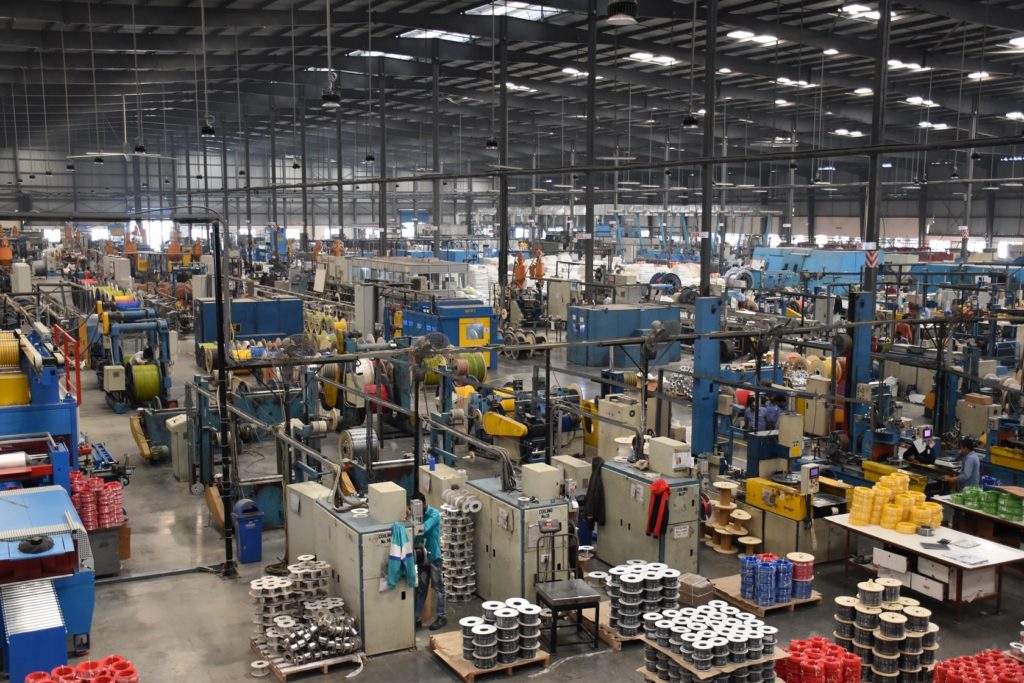
Agencies with deep experience in mechanical engineering, material selection, and design for manufacturing can help reduce the risk of costly redesigns later on. They also play a critical role in ensuring that your product performs consistently under real-world conditions and can scale efficiently as demand grows.
This kind of technical fluency not only improves the quality of the final product but also helps keep timelines on track and supports stronger collaboration between design, sourcing, and manufacturing teams. For businesses that need to move fast without sacrificing reliability, this focus on execution is often what separates successful launches from stalled projects.
Evaluate Their Industry Experience and Portfolio
Design experience does not always translate across industries. A successful product in consumer electronics may require a completely different approach than a product for home goods, medical devices, or digital platforms. That is why it is important to choose a product design agency with relevant industry knowledge or one that clearly understands the challenges common to your market and your target audience.
A strong portfolio should show more than polished renderings. Focus on functionality, user impact, and whether the product was actually produced and launched. Ask whether the designs supported the client’s business goals, addressed specific user needs, or helped the company achieve a competitive advantage.
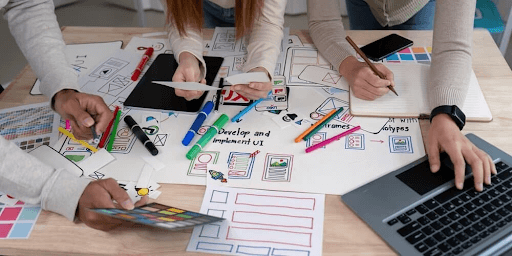
Case studies are especially valuable during this step. A good product design agency will share how they approached the project, what insights they gathered through user research and testing, and how those insights shaped the final product.
These case studies often include valuable insights into decision-making, feature prioritization, and how the agency arrived at creative solutions that aligned with user expectations and market realities. If a portfolio includes evidence of funding, successful launches, or measurable improvements to cost or usability, that is a clear sign of a team that understands both design and execution.
What Great Communication Looks Like in a Design Partnership
Even the most skilled product design agency can fall short if communication breaks down. Design and development move quickly, and small misalignments can lead to delays, rework, or missed expectations. That is why strong communication and a structured collaboration process are essential for project success.
Start by evaluating how the agency sets up collaboration. Do they offer regular check-ins, clear documentation, and access to project management tools? Are timelines and deliverables defined early, and do they provide visibility into each phase of the design process? These operational details make a major difference in keeping projects on track and aligned with your business goals.
It is also important to assess how the agency integrates with your internal team. The best partners understand when to lead, when to listen, and how to work alongside your engineers, marketers, or sourcing partners without slowing things down. Agencies with experience in cross-functional environments tend to navigate these dynamics more efficiently.
Good communication is not just about updates. It is about creating a feedback loop where your input is heard, clarified, and reflected in the work. This is especially critical during moments like prototyping, testing, or adjusting the design based on user feedback. Choosing an agency that excels at collaboration ensures the design process moves forward with fewer bottlenecks and more confidence at every stage.
How to Know If a Product Design Agency Is the Right Fit for Your Business
The best partnerships are built on clear expectations, mutual understanding, and the agency’s ability to match your needs, resources, and working style. Start by assessing your internal capabilities and where you need the most support. Are you looking for early-stage ideation, a team to take your concept into prototyping, or a partner who can carry a near-final design through to production? A strong agency should meet you where you are and adapt their processes to support your business goals.

Start by assessing your internal capabilities and where you need the most support. Are you looking for early-stage ideation, a team to take your concept into prototyping, or a partner who can carry a near-final design through to production? A strong agency should meet you where you are and adapt their process to support your business goals.
Next, make sure the agency’s communication style and project structure align with your team. Some companies need a partner who thrives in fast-moving environments with minimal handholding. Others may need more documentation, check-ins, and support across functions like engineering, marketing, or sourcing.
You should also take time to understand how the agency scopes and prices their work. Clear expectations around project scope help prevent delays and surprise costs later in the process.
Key factors to consider when evaluating fit:
- Pricing model: Understand whether the agency charges hourly, per project, or through a retainer agreement. Choose the structure that best supports your timeline and budget flexibility.
- What is included: Ask what deliverables are part of the cost. Clarify whether prototyping, user testing, documentation, and revisions are included or billed separately.
- Scope definition: A clear project scope reduces risk and helps both teams stay on track. Ask to see an example scope from a past project.
- Timeline expectations: Ensure your timelines match the agency’s availability and workflow. Delays often result from mismatched scheduling, not lack of effort.
- Communication and collaboration style: Look for a team that complements your working style, offers visibility into their process, and integrates well with your internal stakeholders.
- Flexibility and scale: Consider whether the agency has experience working with teams of your size and structure. What works for a large consumer brand may not work for a startup.
Product Design Trends Businesses Should Watch
The product development landscape is constantly evolving. As businesses evaluate design partners, it is also worth staying informed about the trends shaping how modern products are researched, built, and experienced. Here are five current product design trends worth tracking.
Human-Centered and Inclusive Design
More agencies are using human-centered design to ensure products are usable, intuitive, and accessible across a broader range of users. This approach puts real-world user needs at the center of the entire design process, reducing friction and increasing user satisfaction.
Sustainability and Material Innovation
Whether in industrial design or digital products, sustainability is moving from a “nice-to-have” to a key differentiator. Agencies are exploring low-impact materials, recyclable components, and efficient packaging that supports both environmental goals and long-term business objectives.
AI-Enhanced Prototyping and Design Tools
Artificial intelligence is speeding up early-stage prototyping and concept development. Agencies using AI-driven platforms can explore more creative solutions in less time, improving iteration and reducing bottlenecks during early design phases.
The Rise of Scalable Digital Products
With more businesses investing in digital transformation, agencies are increasingly designing scalable digital products that connect seamlessly across platforms. This includes everything from mobile apps and web design to smart devices and integrated services.
Deeper Integration of UX Strategy and Brand Identity
Strong UI/UX design is no longer just about usability. It is being tied more closely to a company’s brand identity and long-term digital strategy, ensuring that products not only function well but also reflect a cohesive customer experience.
Building the Right Product Design Partnership for Your Business
Choosing a product design agency is one of the most important decisions a business can make when bringing a product to market. The right partner will bring more than design expertise — they will offer structure, insight, and alignment that support everything from early research to final delivery. From understanding your target market to refining the user experience, the agency you choose plays a direct role in both your product’s performance and your team’s success.
That is why Gembah takes a full-lifecycle approach to product development. Our design services are deeply connected to sourcing, manufacturing, and quality control, ensuring your product is not only well-designed but also ready to launch and scale. We work with businesses of all sizes to provide tailored solutions that combine creative and technical skills with strategic support at every stage.
Frequently Asked Questions
What does a product design agency do?
A product design agency transforms your ideas into market-ready products through services like concept development, CAD modeling, and prototyping. They focus on user-centered designs and conduct research to align the product with your target audience’s needs.
How do I compare product design agencies effectively?
To effectively compare product design agencies, prioritize their technical skills, industry experience, and communication style over just visual appeal. Make sure their past work resonates with your product goals and that their design philosophy matches your brand’s vision.
What should I look for in an agency’s portfolio?
When checking out an agency’s portfolio, focus on diversity in projects, functionality, and evidence of successful outcomes. Make sure it highlights their problem-solving skills and aligns with your product needs.
How much involvement should businesses expect to have in the design process?
You should expect to be involved at key checkpoints like discovery, reviews, and prototyping. Your feedback is essential, so look for regular communication to ensure the project aligns with your vision.
What are typical pricing models for a product design agency?
Typical pricing models for a product design agency include hourly rates, project-based fees, and retainer agreements. For long-term projects, a retainer can often be a more economical choice, giving you ongoing access to their expertise without unexpected costs.
